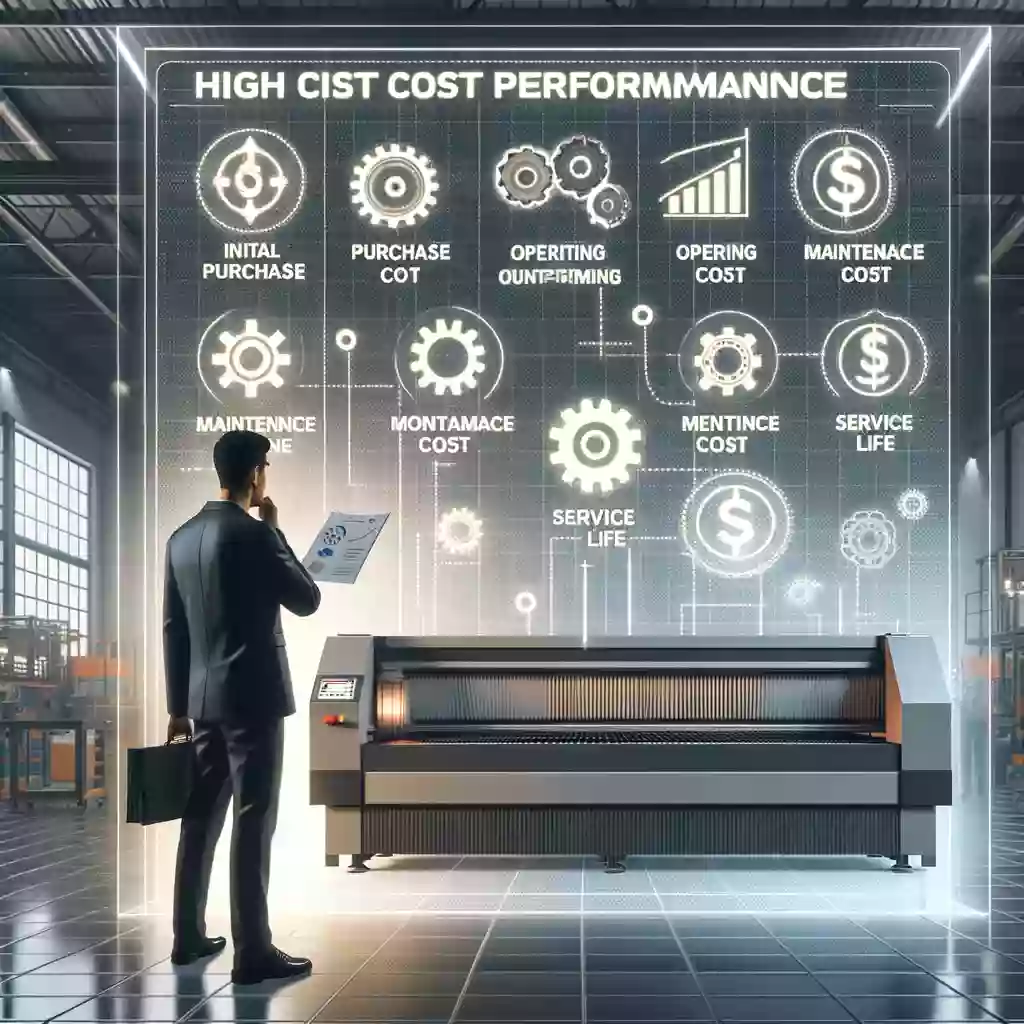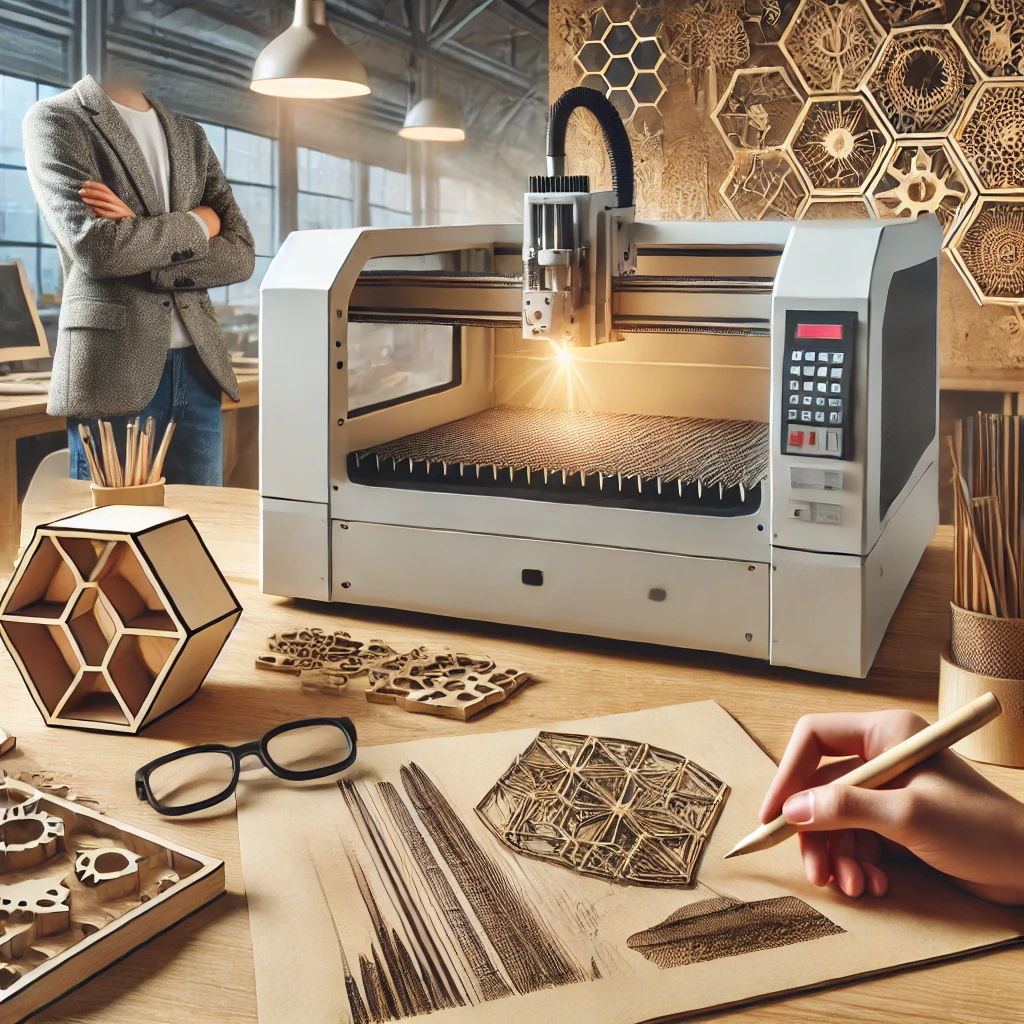Customs Declaration and Inspection Guide for Imported Used Laser Cutting Machines
In the globalized economic environment, importing used fiber laser cutter has become a cost-effective choice for many companies. However, importing such equipment involves not only complex international logistics, but also tedious customs declaration and inspection procedures. In order to help interested companies successfully complete the import process, this article will provide a customs declaration and inspection guide for imported used laser cutting machines.
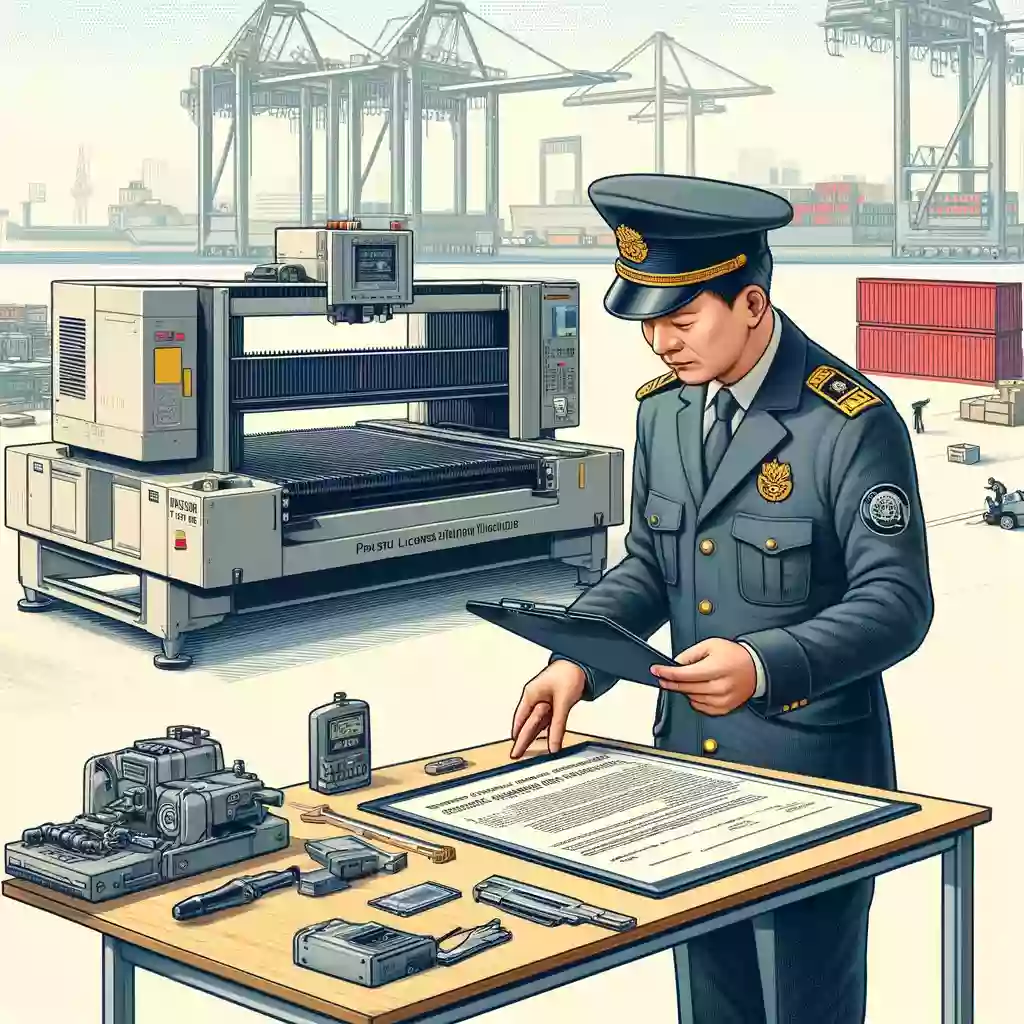
Ⅰ. Preparation of Import Documents and Compliance Checks
To import used fiber laser cutter to China, you need to prepare the following documents:
Sales Contract: Details the terms and conditions of purchase of the equipment.
1.Commercial invoice:
Reflects the purchase price and description of the equipment.
2.Packing list:
A detailed listing of the goods being shipped and their packaging.
3.Transport document:
Ocean bill of lading or air waybill, reflecting the mode and route of transportation of the goods.
4.Certificate of origin:
Proves the country or region where the equipment was produced.
5.Technical information:
Including equipment manuals, maintenance records and technical specifications.
Additionally, compliance checks are essential. It is necessary to confirm whether the old laser cutting machine meets China’s safety and environmental standards. For example, whether the electrical system of the equipment complies with China’s national standards, whether there are banned hazardous substances, etc.
Ⅱ. Choose the Right Customs Broker
Choosing an experienced and reliable customs broker is a crucial step in the import process. A good agent can not only help you understand complex tariff policies, but also effectively avoid delays caused by incorrect or incomplete documentation. A customs broker will complete all customs formalities on your behalf, including submitting all necessary documents, assisting with cargo classification, and calculating the duties and VAT due.
Ⅲ. Customs Declaration and Inspection
1.Commodity inspection and customs declaration:
Second-hand equipment is a commodity subject to legal inspection. Fill out the “Entry and Exit Goods Inspection Form”, submit the intermediate inspection report, agency inspection agreement, etc. to the Commodity Inspection and Commodity Inspection Review Documents. Legally inspected goods are first cleared for customs clearance, then inspected and quarantined. After general sanitation and disinfection and wood fumigation, an entry-exit goods inspection form is issued and forwarded to the customs for customs clearance.
2.Customs:
After the customs accepts the declaration, the computer will review the order, machine inspection will inspect the goods, and then arrange for personnel to unpack and inspect on site. Customs declaration and inspection personnel cooperate with the inspection on site, flexibly answer the inspection personnel’s inquiries, and submit relevant documents.
3.Customs price review and taxation:
After verification, the goods will be valued and taxed. The enterprise declares the unit price truthfully, and the customs determines the duty-paid price based on existing information and customs system data. If it is not possible to confirm the issuance of a price challenge or price negotiation notice, timely supplement the declared value certification materials, such as: insurance certificates, foreign exchange payment information, equipment operating principles, domestic selling prices of similar equipment, etc., and actively negotiate with the customs to determine the duty-paid price as soon as possible.
Ⅳ. Customs Clearance and Delivery
Once the equipment passes the inspection, the next step is the customs clearance process. This stage includes paying duties and VAT, as well as resolving any final documentation issues. After completing these steps, the old laser cutting machine is ready to be delivered to the buyer. To ensure smooth reception, the buyer should arrange the reception, installation and commissioning of the equipment in advance.
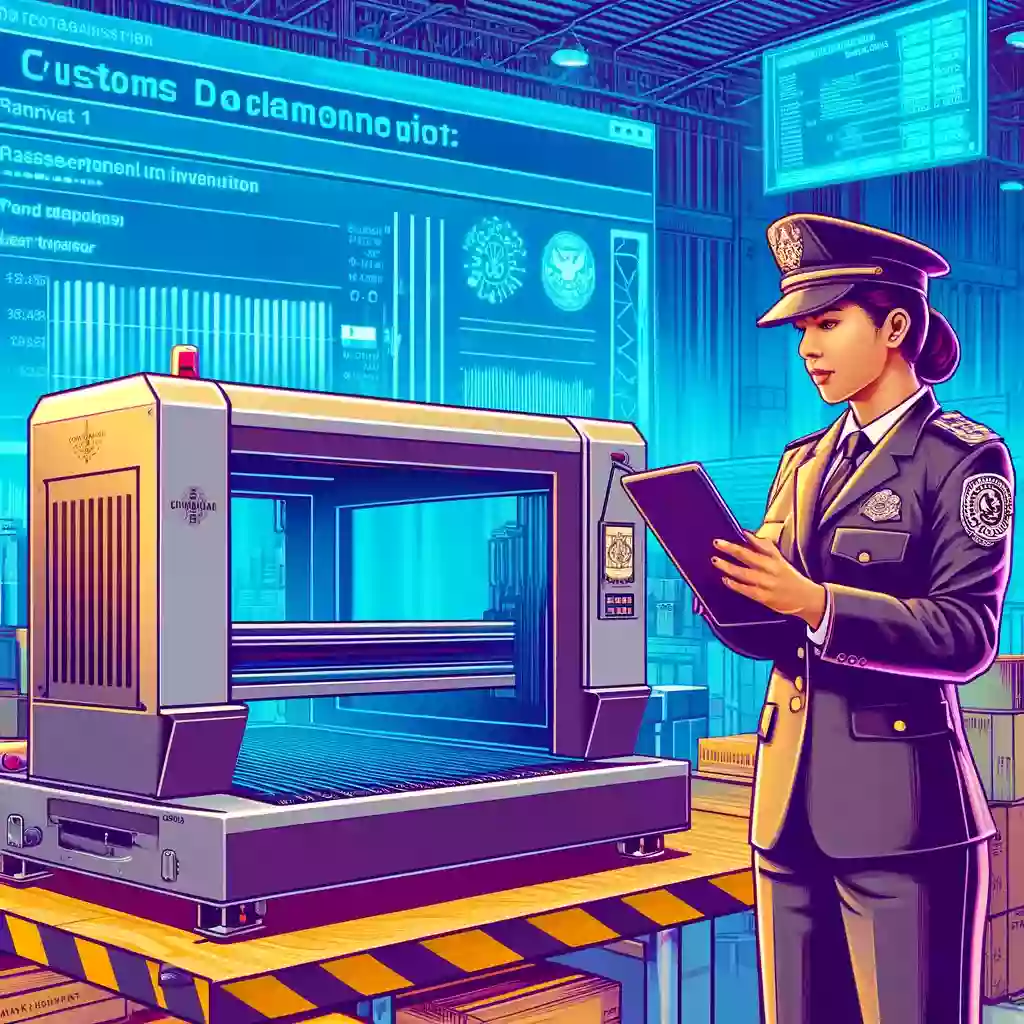
Ⅴ. Precautions
When importing used laser engraving machines, you also need to pay attention to the following points:
1.Country of origin:
Confirm the country of origin of the device, as devices produced in different countries or regions may be subject to different import duties.
2.Maintenance cost:
Older equipment may require more frequent maintenance and replacement parts.
3.Technical Support:
Confirm that the supplier of the equipment can provide necessary technical support and accessories.
Ⅵ.Specific customs clearance procedures for importing old machinery
The factory provides the information and pictures of the machinery to be imported, calculates various import fees, quotes, signs the import processing agreement → book a warehouse for export and shipping, exchanges single import customs clearance information – customs import review, issue tax form and pay tax – customs inspection and release the goods.
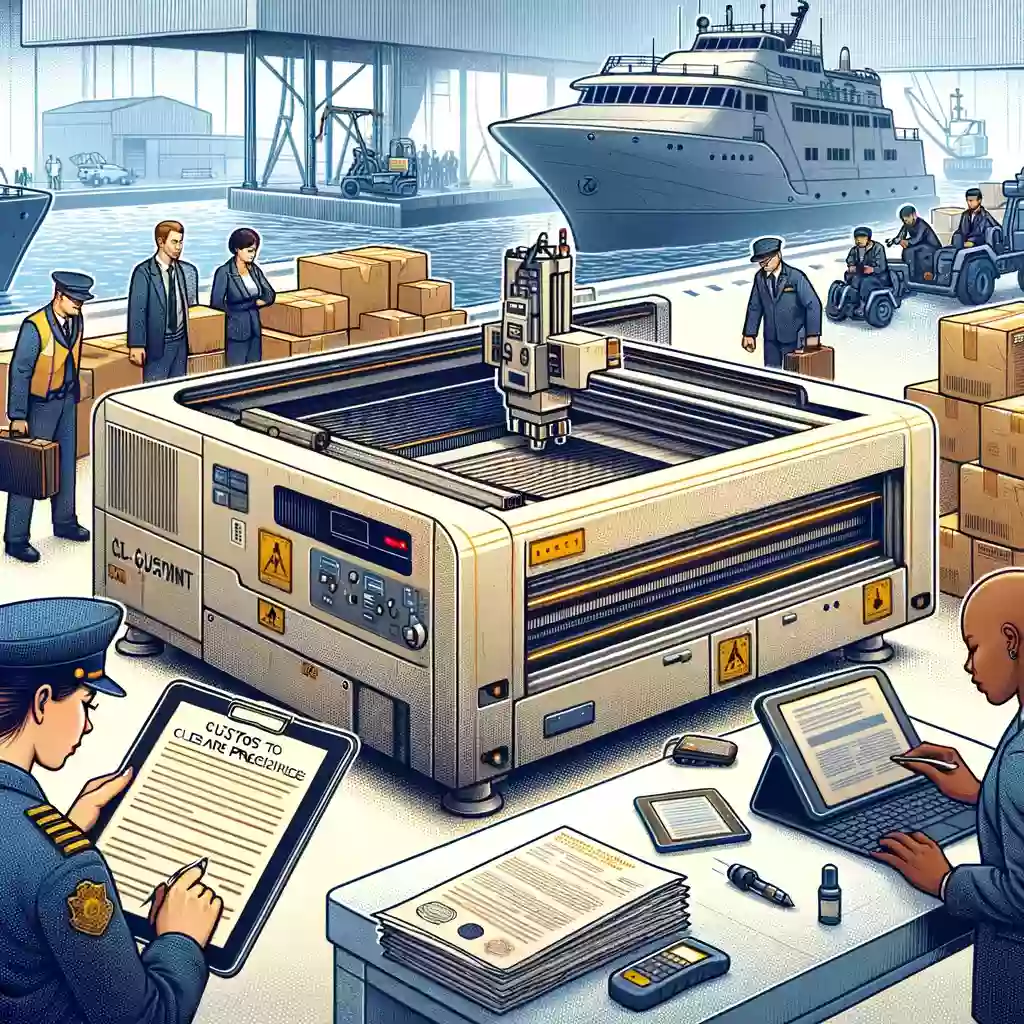
Final Thoughts
In short, importing a used laser cutting machine is a complex process involving multiple links and details. By following the above guidelines, you can not only ensure compliant imports, but also effectively avoid unnecessary costs and delays and ensure the smooth operation of your business.

